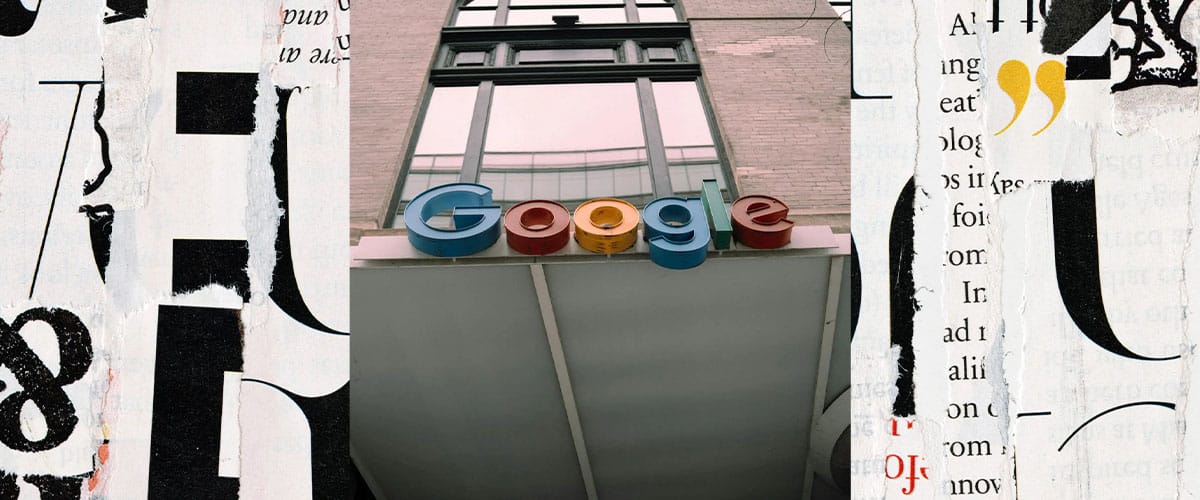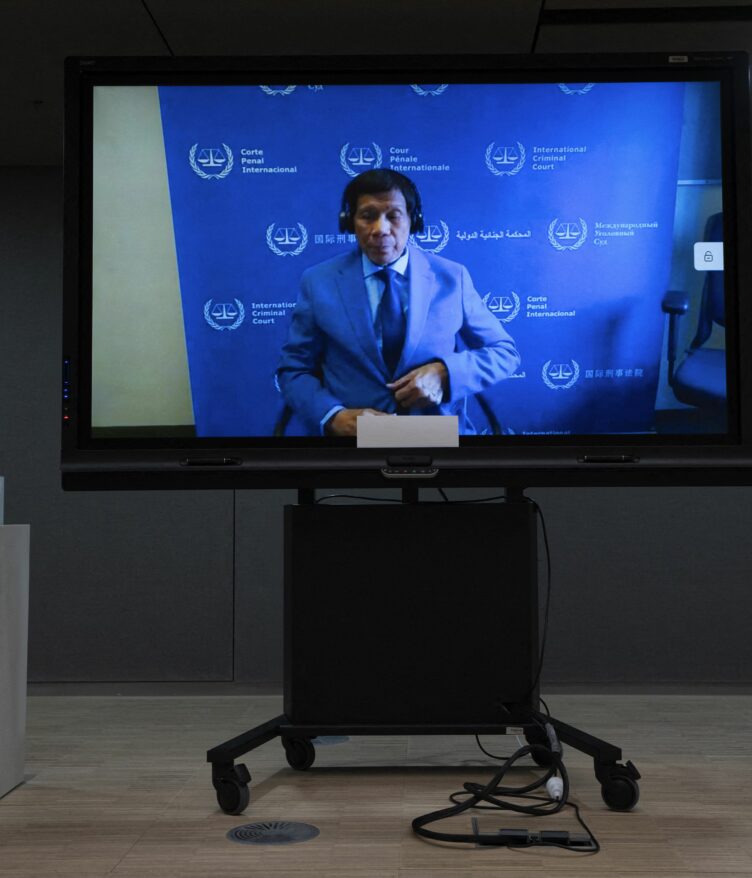EIGHTEEN years after its initial release in April 2006, Google Translate now supports 110 languages.
Google revealed on Thursday, June 27, that they’ve also introduced five Philippine languages: Bikol, Hiligaynon, Kapampangan, Pangasinan and Waray. Before this, three Philippine languages were supported: Tagalog, Cebuano and Ilocano.
This is thanks to the PaLM 2 large language model, which according to Google, is “with improved multilingual, reasoning and coding capabilities.”
Google Translate “breaks down language barriers to help people connect and better understand the world around them,” according to the Google website.
For instance, JP in Japan, a natural-born Filipino who recently moved there, said in an interview: “It’s not 100% accurate, but if you have a little background with the language (e.g. Japanese), it really does help a lot. During my learning stage when I was trying to speak Japanese and when there’s a word I don’t know yet, I just use Google Translate to look for the words I don’t know how to say in Japanese and use my learnings about the language to be able to talk to Japanese people.”
Meanwhile, degree-holder CJ Ader said that while pursuing his degree, the tool “has benefited me during my school years, especially when some foreign languages are pretty complicated and you can’t understand what they’re saying.”
“Despite the tool’s minimal problems with its accuracy, it surely has accomplished its goal. “If it does not provide an accurate definition, it will at least give you an idea of the sentence you are attempting to understand,” he added.
“The new update benefits over 660 million people with access to information and connections in their native tongue,” said Good News Pilipinas’ article.
RD Mae Espino, whose mother speaks the Waray language, said in an interview that “it’s exciting to know that with this update, I can somehow understand what my mother says when she uses the language. Plus, now, the possibility of me learning different dialects has widened.”
“I also found inaccurate translations there before, but it is a big help most of the time,” said Espino.
Google admits
The Google Help Support feature admitted that their translation for a bunch of languages is not 100 percent accurate and therefore they are constantly working on its algorithm.
“Google Translate gets the translation data from multiple sources and user contribution is one of them,” allowing users an opportunity to contribute to Google’s goal of breaking more language barriers.
The update also supports other countries’ languages, with about a quarter of the new 110 languages added from Africa. These additions include notable languages like Cantonese, the Shahmukhi variety of Punjabi, and Tok Pisin; as well as a few indigenous languages such as Afar and NKo; and a revitalized Celtic language, namely Manx.
With reports from Naomi Viehl D. Politico
How useful was this post?
Click on a star to rate it!
Average rating 0 / 5. Vote count: 0
No votes so far! Be the first to rate this post.
We are sorry that this post was not useful for you!
Let us improve this post!
Tell us how we can improve this post?









